Stability and Trim Shanghai Maritime University 2017 Course

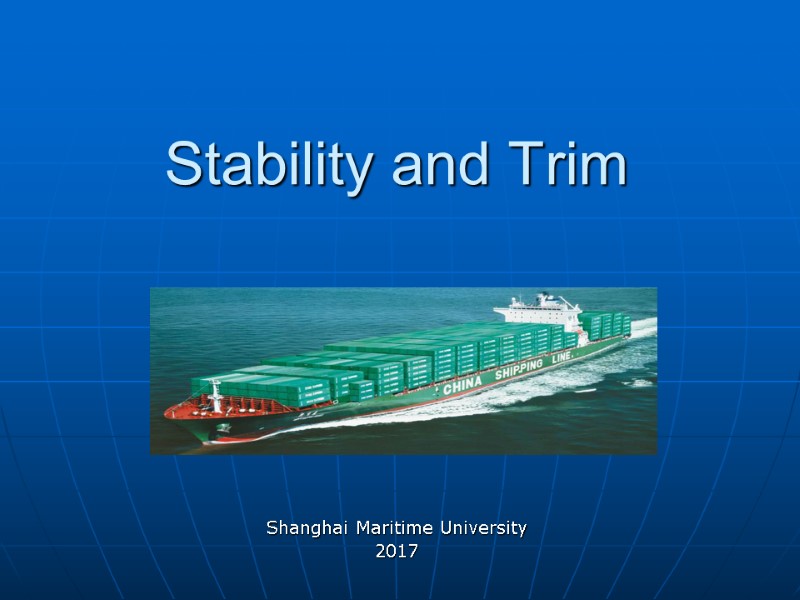
Stability and Trim Shanghai Maritime University 2017
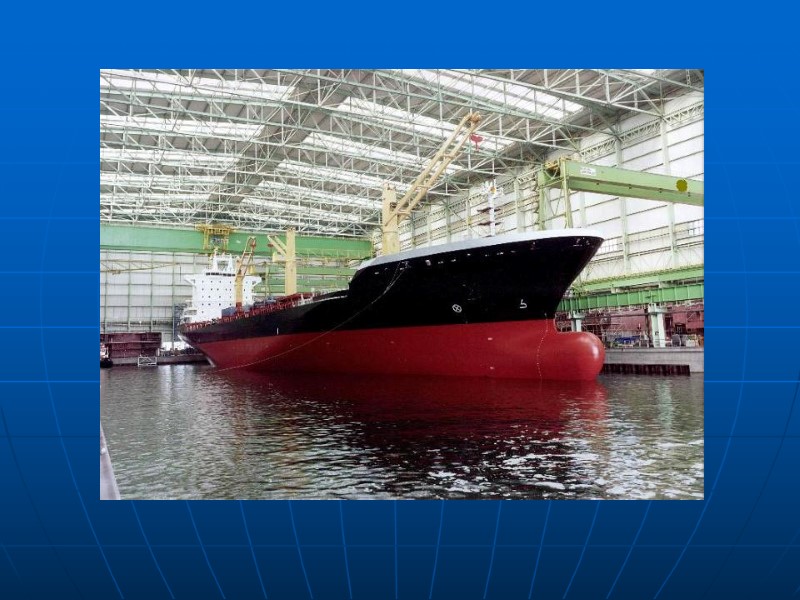
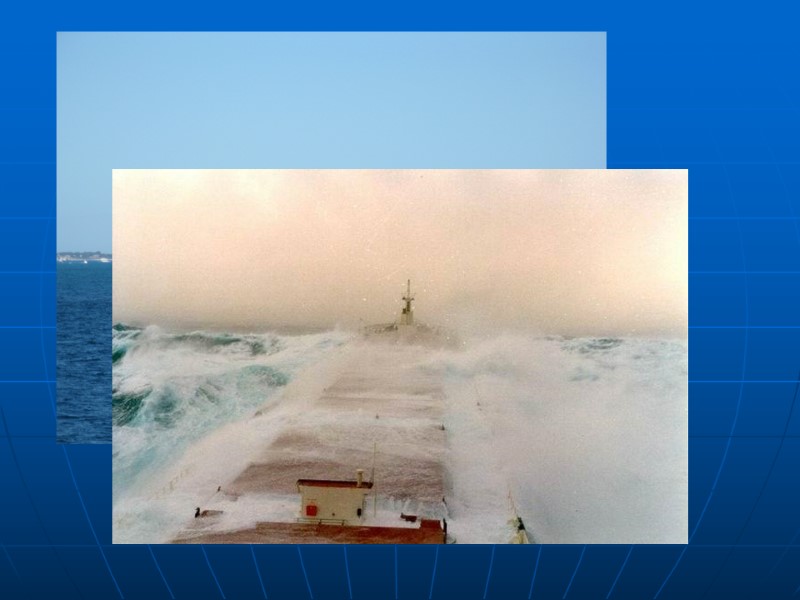
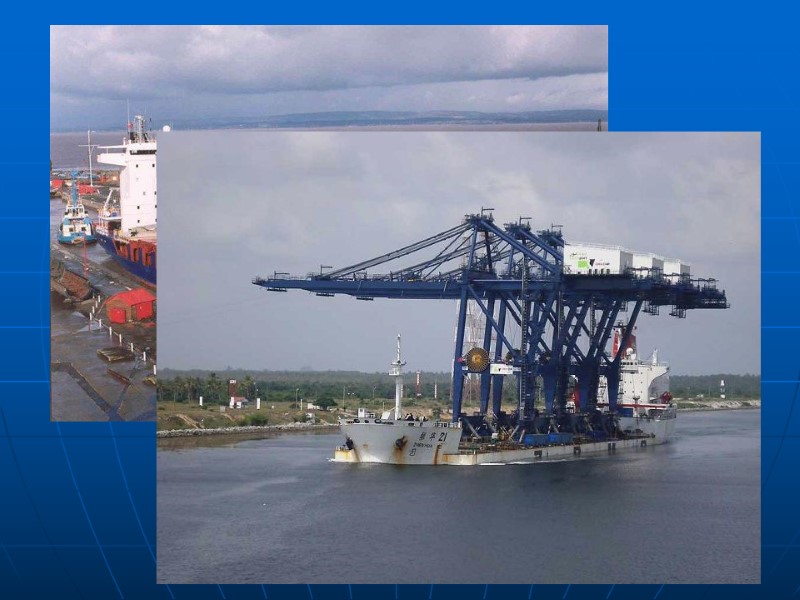



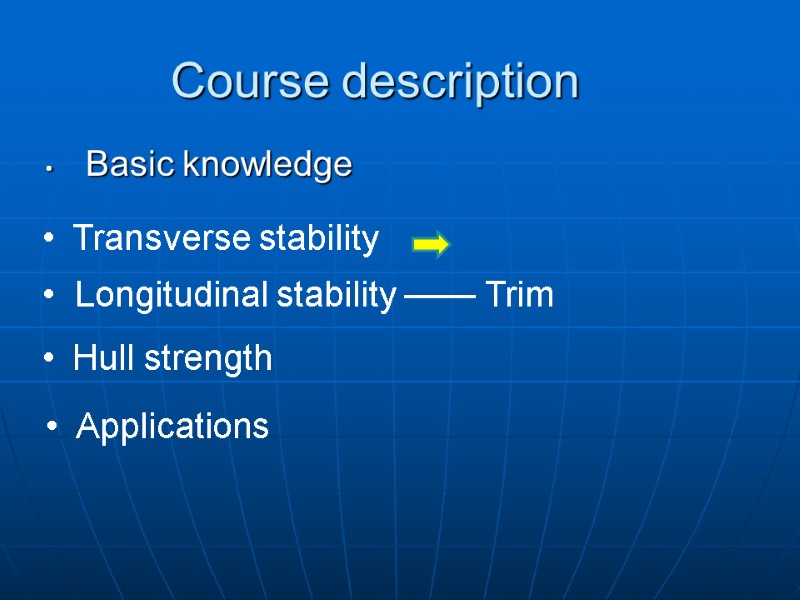
Course description Basic knowledge Transverse stability Longitudinal stability —— Trim Hull strength Applications
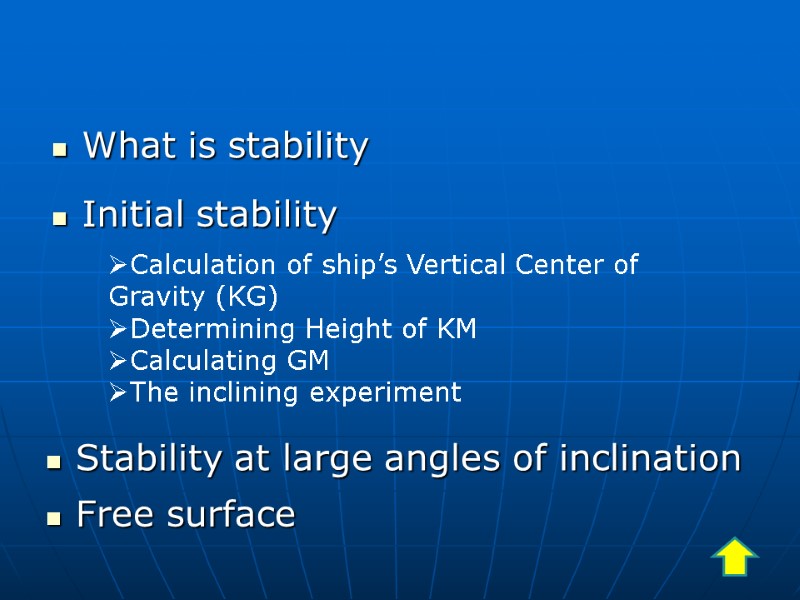
What is stability Calculation of ship’s Vertical Center of Gravity (KG) Determining Height of KM Calculating GM The inclining experiment Stability at large angles of inclination Initial stability Free surface
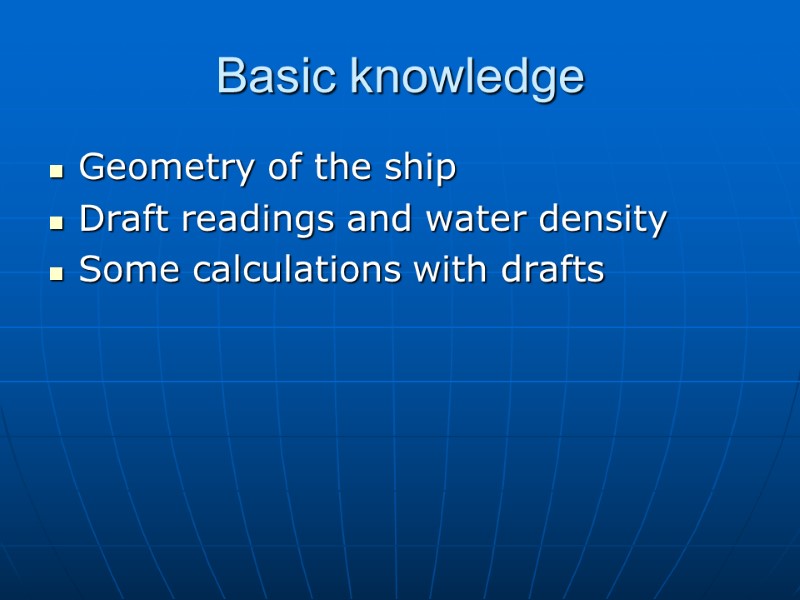
Basic knowledge Geometry of the ship Draft readings and water density Some calculations with drafts
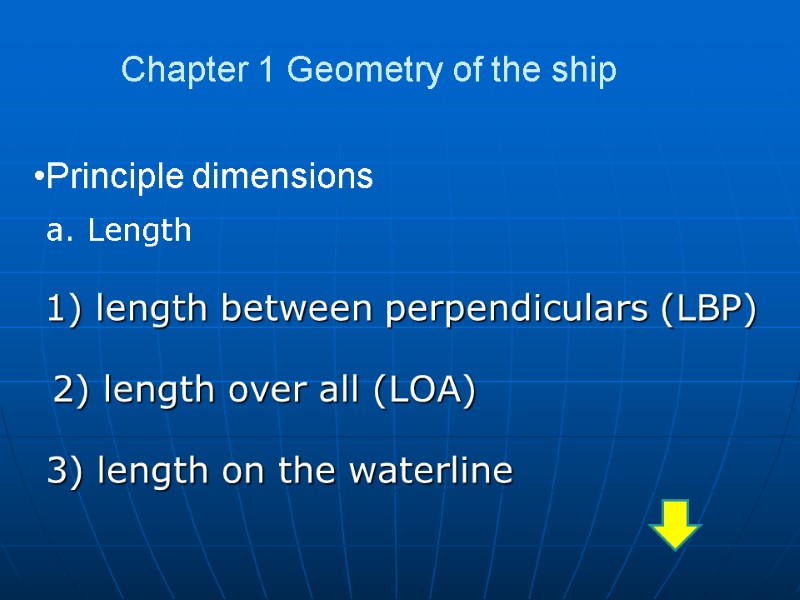
1) length between perpendiculars (LBP) Chapter 1 Geometry of the ship Principle dimensions a. Length 2) length over all (LOA) 3) length on the waterline
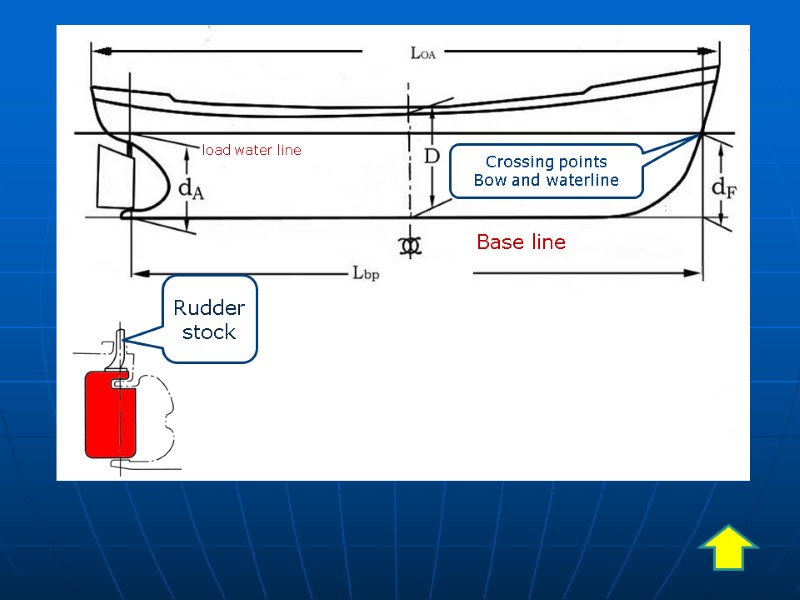
load water line Base line Crossing points Bow and waterline
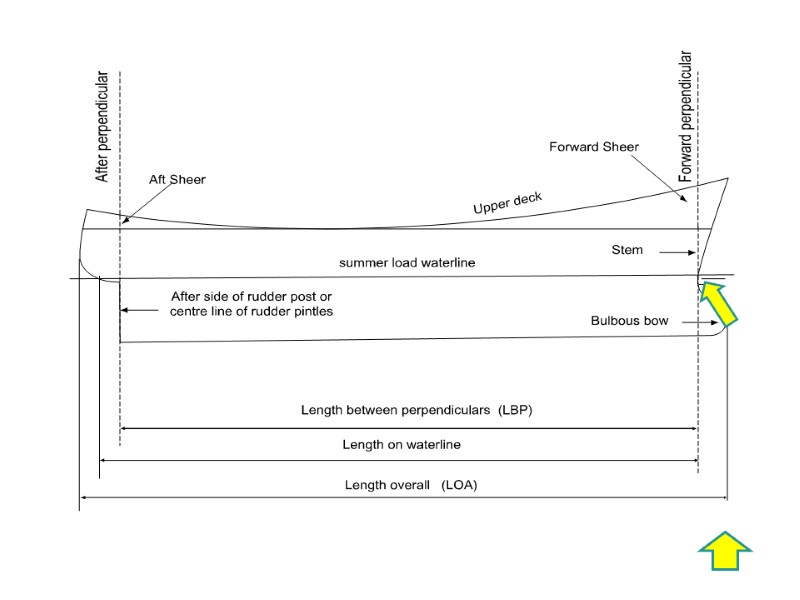
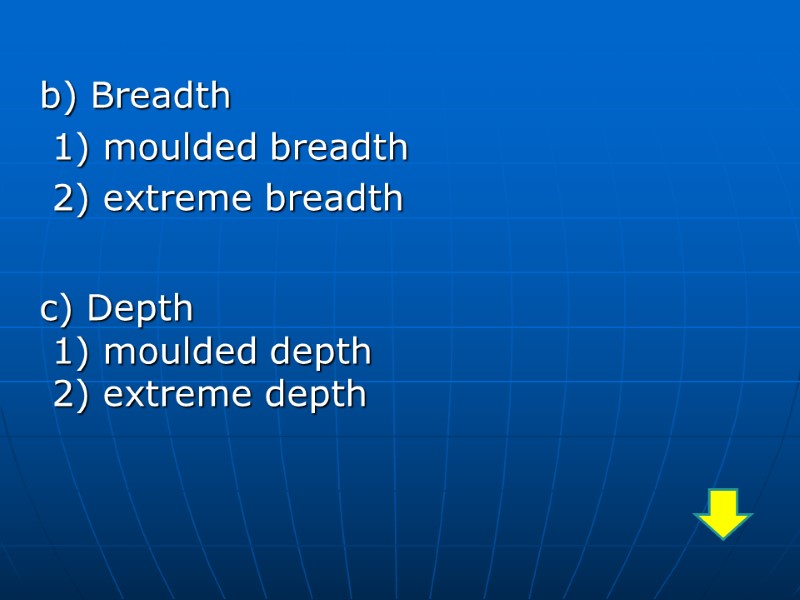
b) Breadth 1) moulded breadth 2) extreme breadth c) Depth 1) moulded depth 2) extreme depth
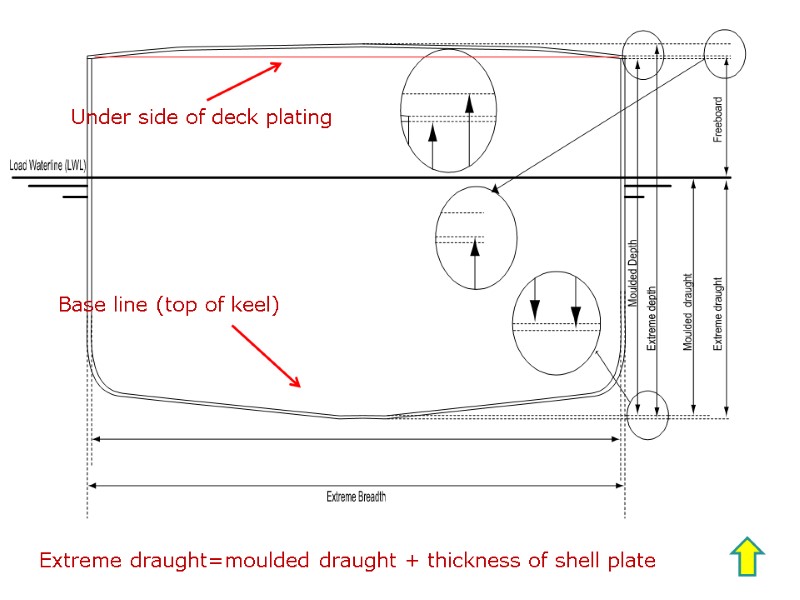
Extreme draught=moulded draught + thickness of shell plate
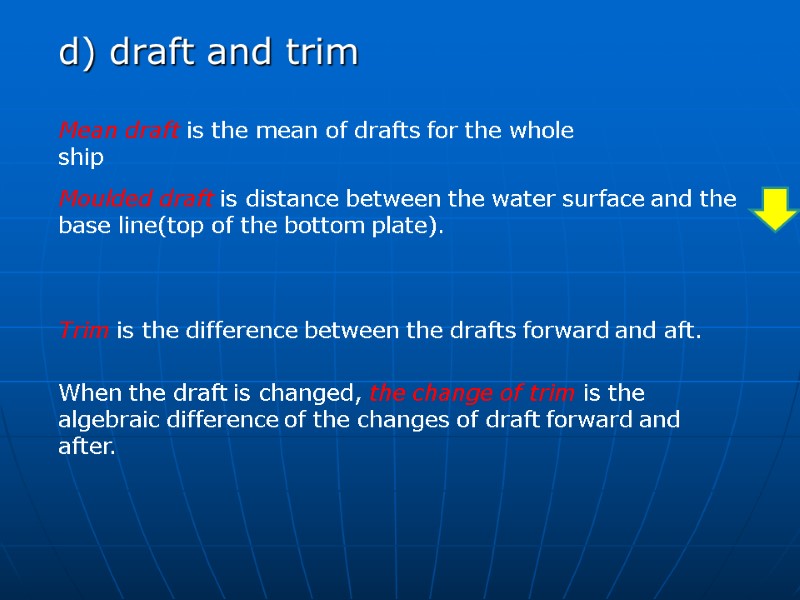
d) draft and trim Mean draft is the mean of drafts for the whole ship Moulded draft is distance between the water surface and the base line(top of the bottom plate). When the draft is changed, the change of trim is the algebraic difference of the changes of draft forward and after. Trim is the difference between the drafts forward and aft.
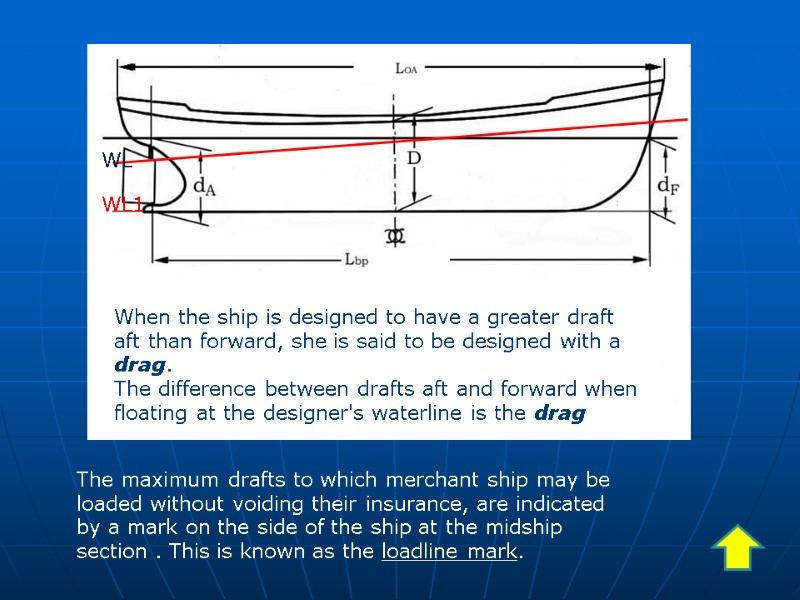
WL WL1 When the ship is designed to have a greater draft aft than forward, she is said to be designed with a drag. The difference between drafts aft and forward when floating at the designer's waterline is the drag The maximum drafts to which merchant ship may be loaded without voiding their insurance, are indicated by a mark on the side of the ship at the midship section . This is known as the loadline mark.
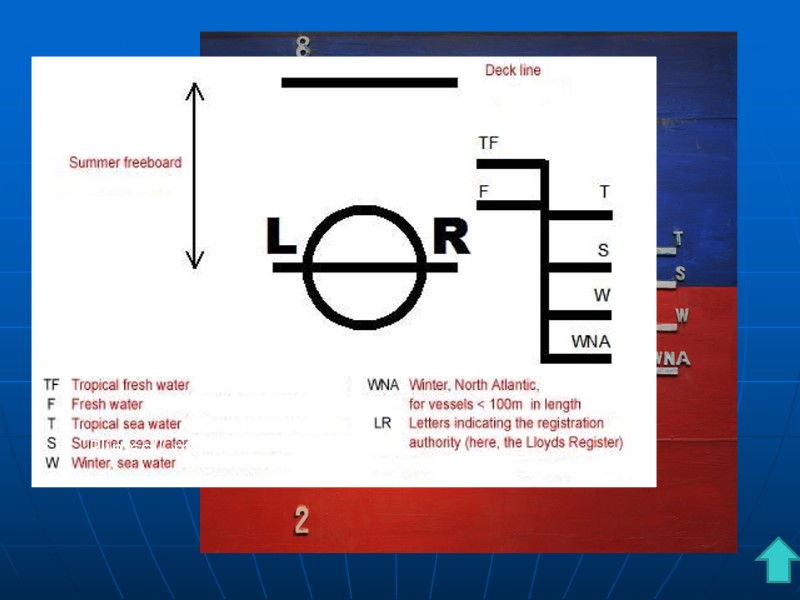
Plimsoll marks

e) Freeboard The vertical distance from the water line to the weather deck edge at any section in the length of the ship.
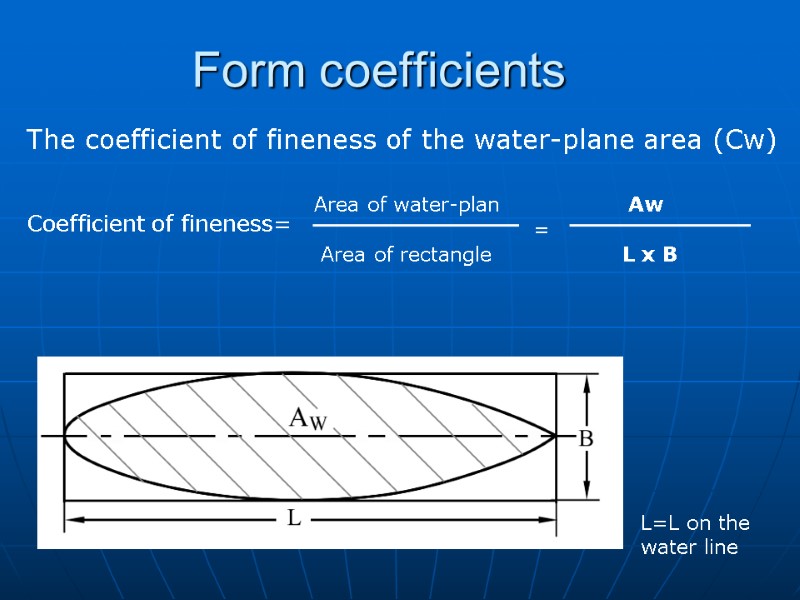
Form coefficients The coefficient of fineness of the water-plane area (Cw) Coefficient of fineness= L=L on the water line
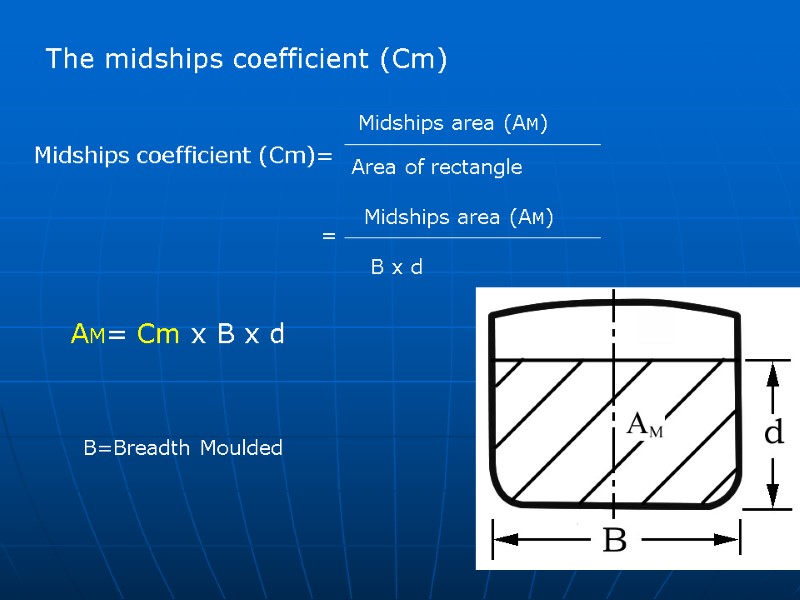
The midships coefficient (Cm) Midships coefficient (Cm)= B=Breadth Moulded AM= Cm x B x d
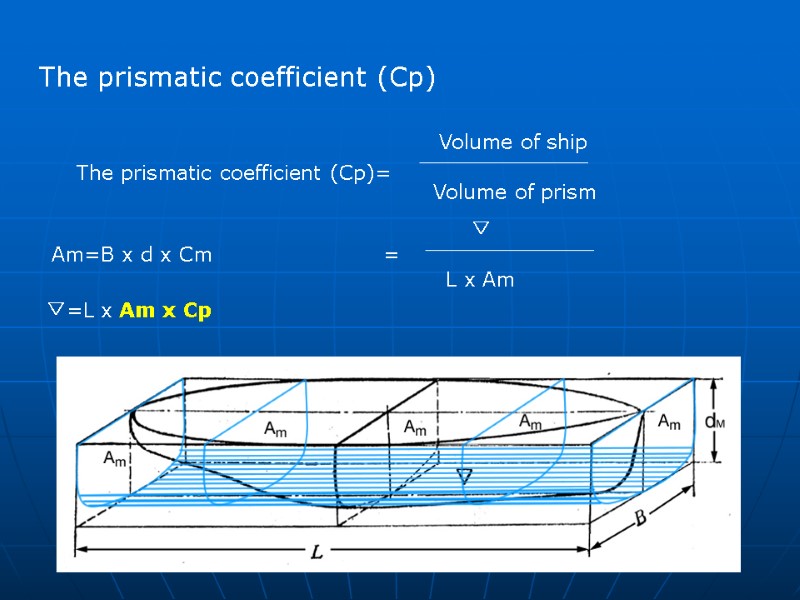
The prismatic coefficient (Cp) The prismatic coefficient (Cp)= Am=B x d x Cm ▽=L x Am x Cp
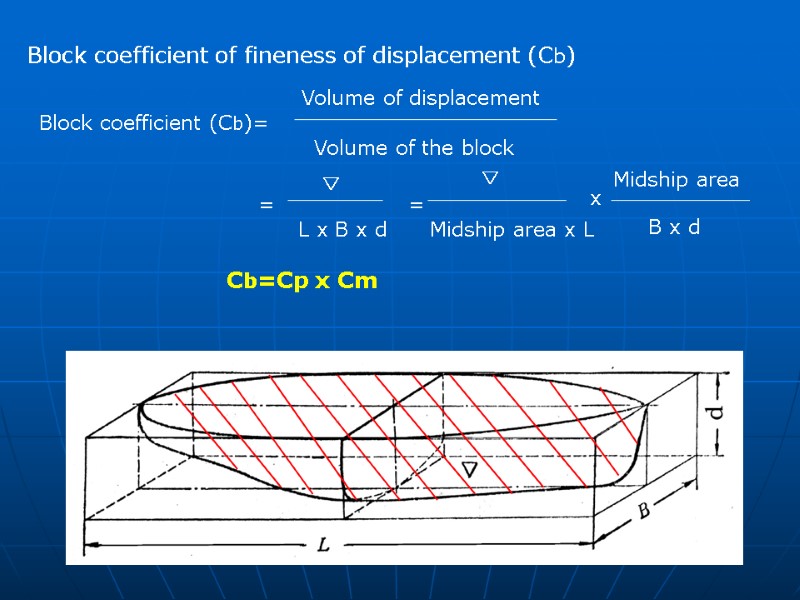
Block coefficient of fineness of displacement (Cb) Block coefficient (Cb)= Cb=Cp x Cm

Cb values at fully loaded drafts the following table gives good typical value

Thinking Cw = Cm = Cb = Cp = L B d 1.0 0.5 0.5 1.0
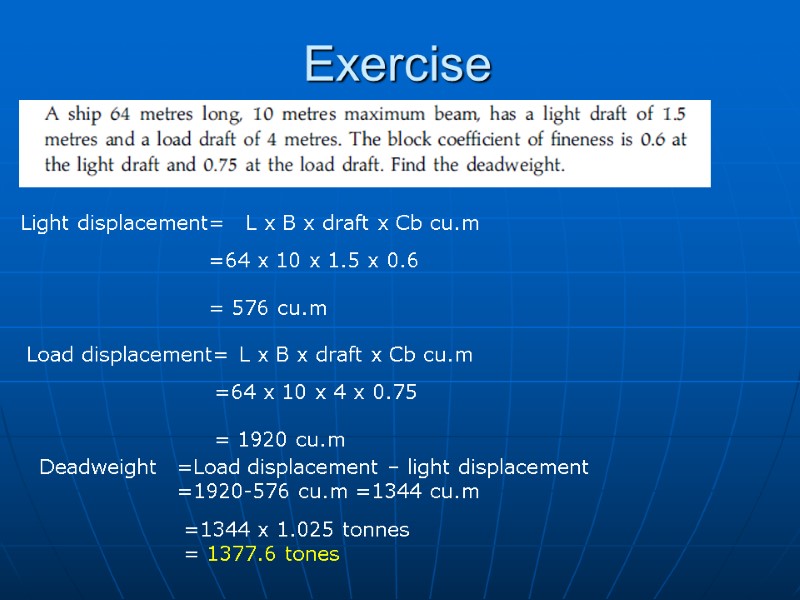
Exercise Light displacement= L x B x draft x Cb cu.m =64 x 10 x 1.5 x 0.6 = 576 cu.m Load displacement= Deadweight =Load displacement – light displacement =1920-576 cu.m =1344 cu.m =1344 x 1.025 tonnes = 1377.6 tones
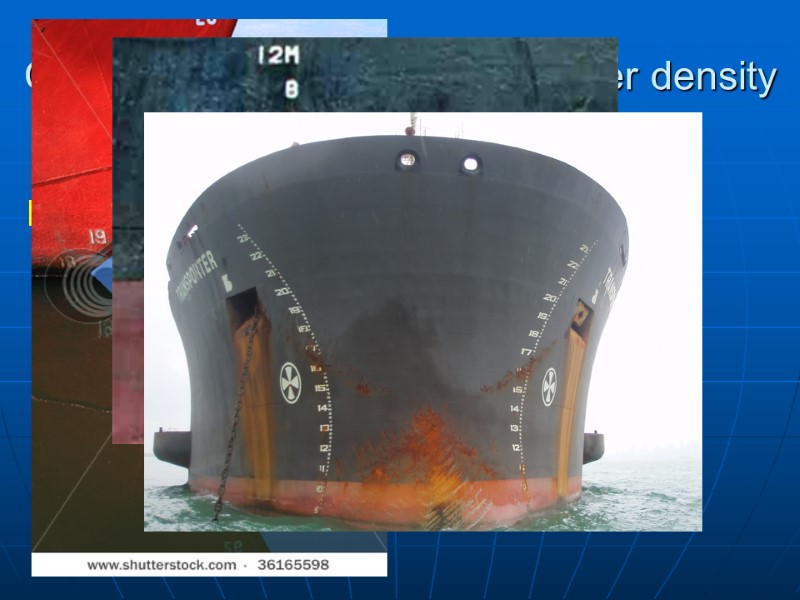
Chapter 2 Draft reading and water density Reading the vessel’s draft marks Location
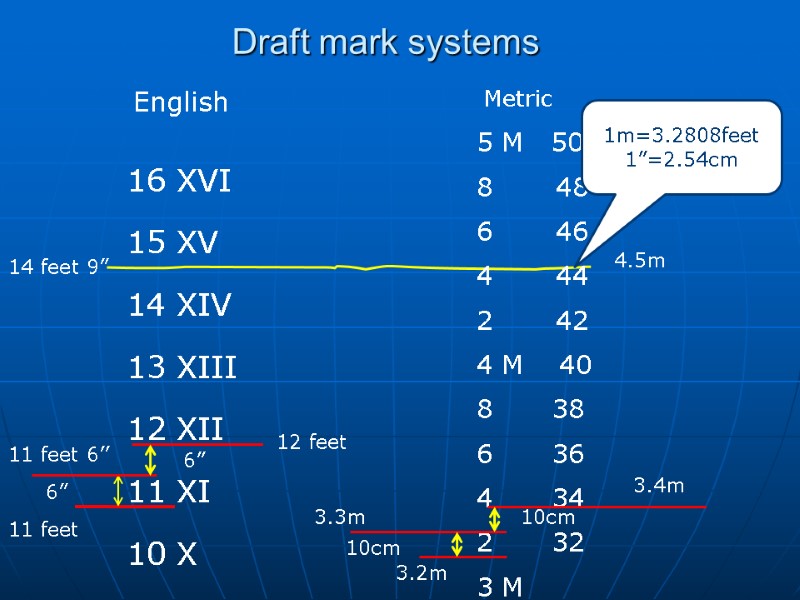
Draft mark systems English Metric 16 XVI 15 XV 14 XIV 13 XIII 12 XII 11 XI 10 X 12 feet 11 feet 6’’ 6” 14 feet 9” 5 M 50 8 48 6 46 4 44 2 42 4 M 40 38 36 34 32 3 M 3.3m 3.4m 4.5m 1m=3.2808feet 1”=2.54cm
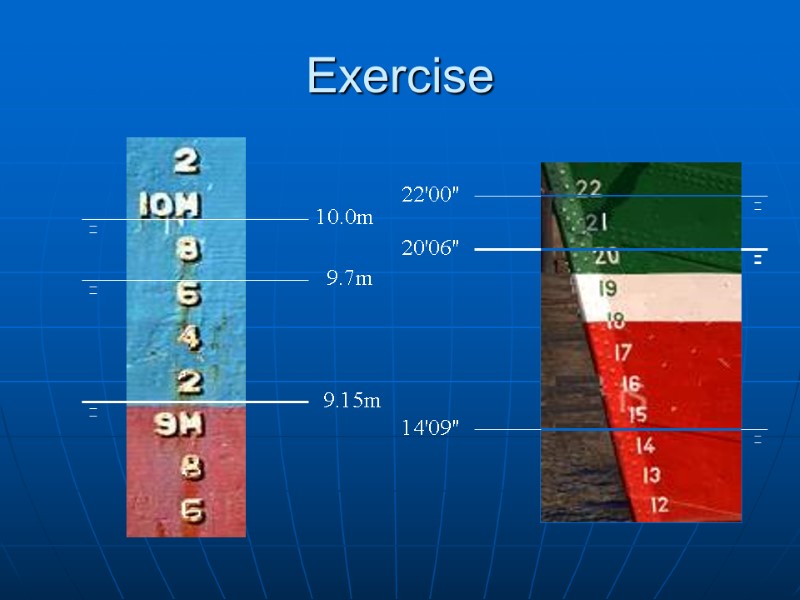
Exercise 10.0m 9.7m 9.15m 22'00" 20'06" 14'09"
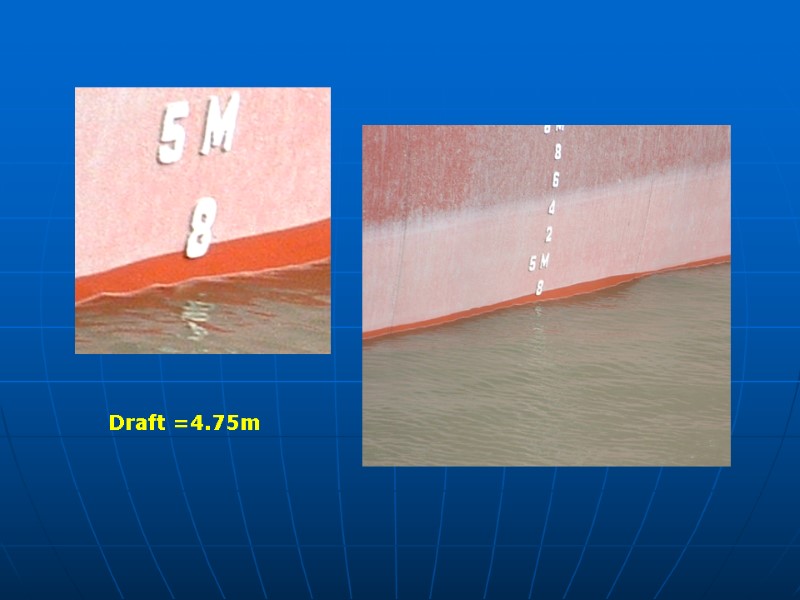
Draft =4.75m
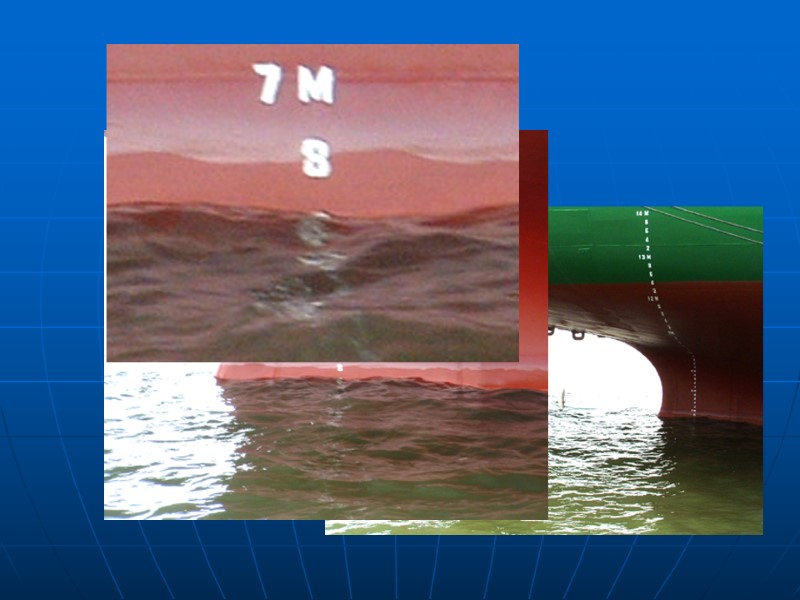
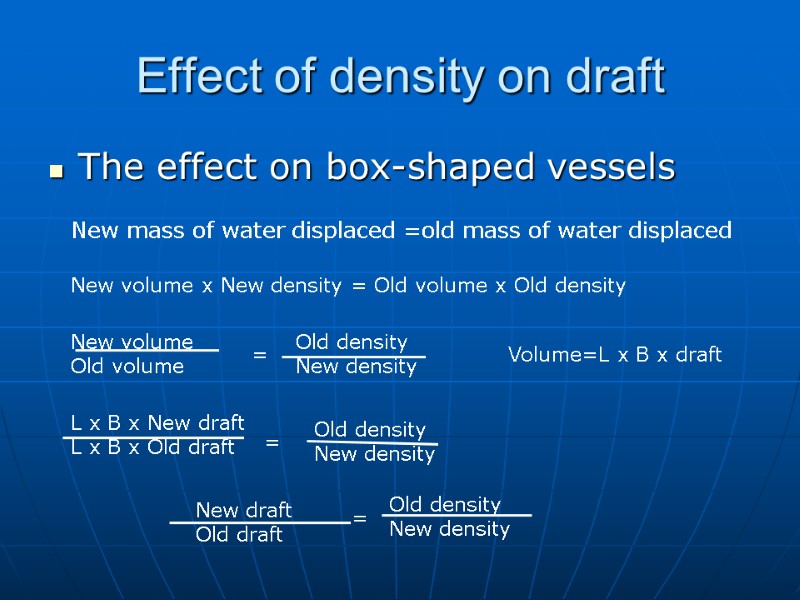
Effect of density on draft The effect on box-shaped vessels New mass of water displaced =old mass of water displaced New volume x New density = Old volume x Old density Volume=L x B x draft
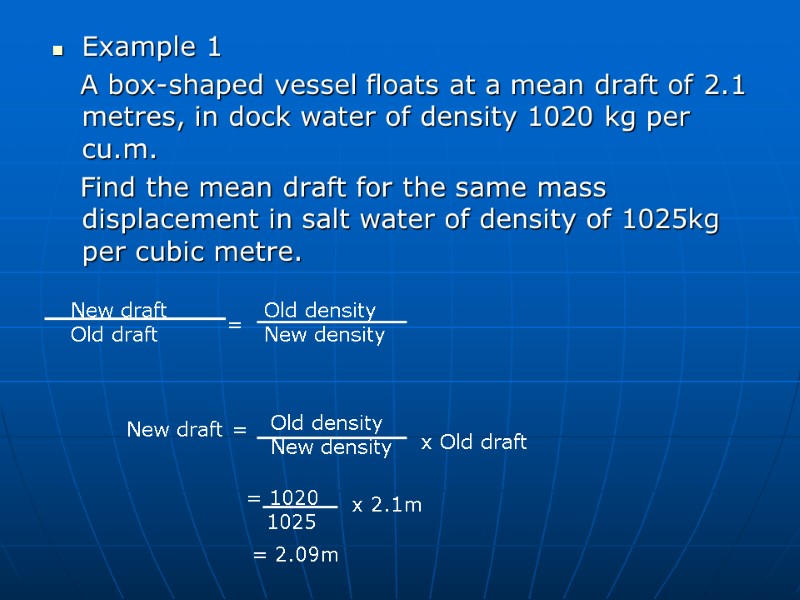
Example 1 A box-shaped vessel floats at a mean draft of 2.1 metres, in dock water of density 1020 kg per cu.m. Find the mean draft for the same mass displacement in salt water of density of 1025kg per cubic metre.
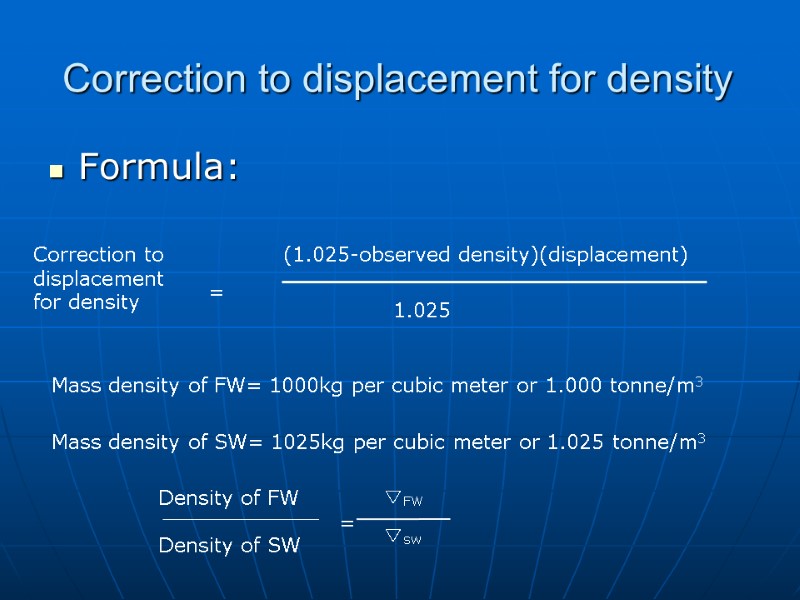
Correction to displacement for density Formula:
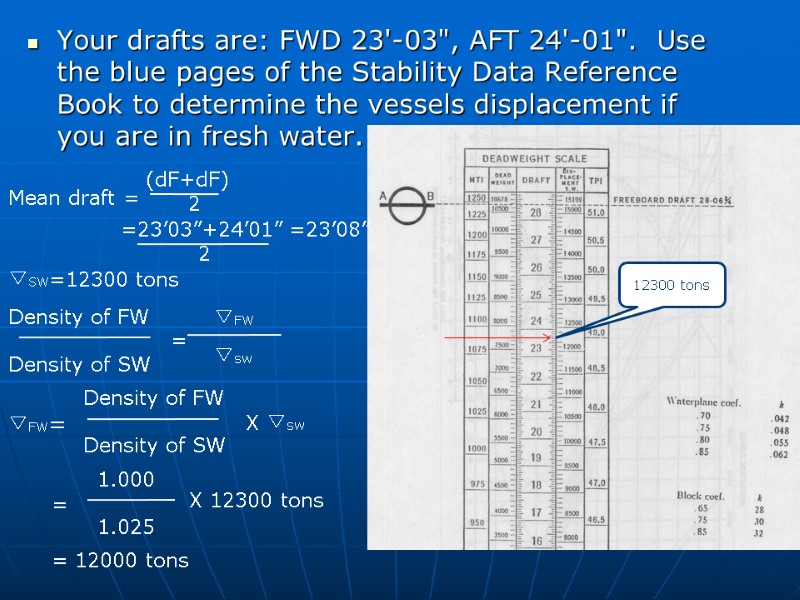
Your drafts are: FWD 23'-03", AFT 24'-01". Use the blue pages of the Stability Data Reference Book to determine the vessels displacement if you are in fresh water. ▽SW=12300 tons = 12000 tons

You are scheduled to load 3900 tons of cargo, 45 tons of crew effects and stores and 359 tons of fuel. Use the blue pages of the Stability Data Reference Book to determine the vessel's mean draft in fresh water. Dead weight = 3900+45+359t=4304t 17’08”
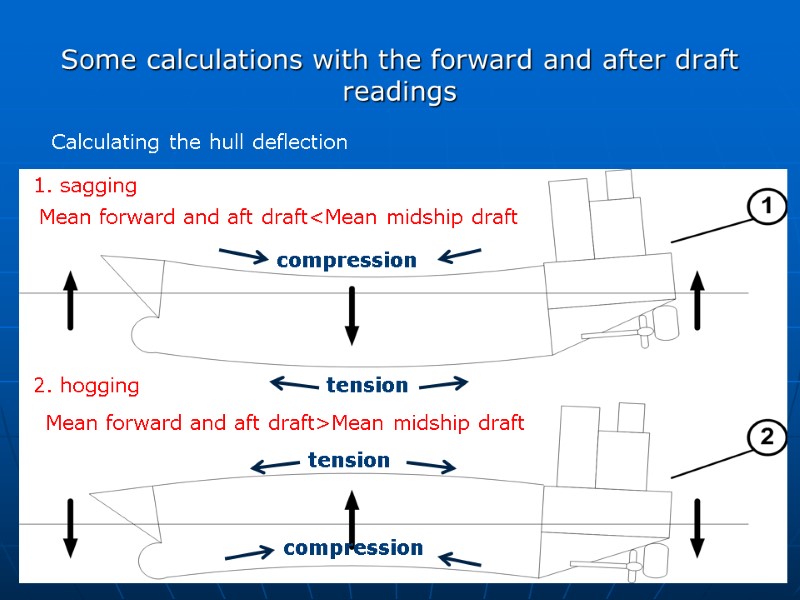
Some calculations with the forward and after draft readings Calculating the hull deflection 1. sagging 2. hogging Mean forward and aft draft

Example Mean forward and aft draft = (5.00+7.00)/2m=6.00m This demonstrates that the vessel’s hull is sagging by 0.02m bow stern
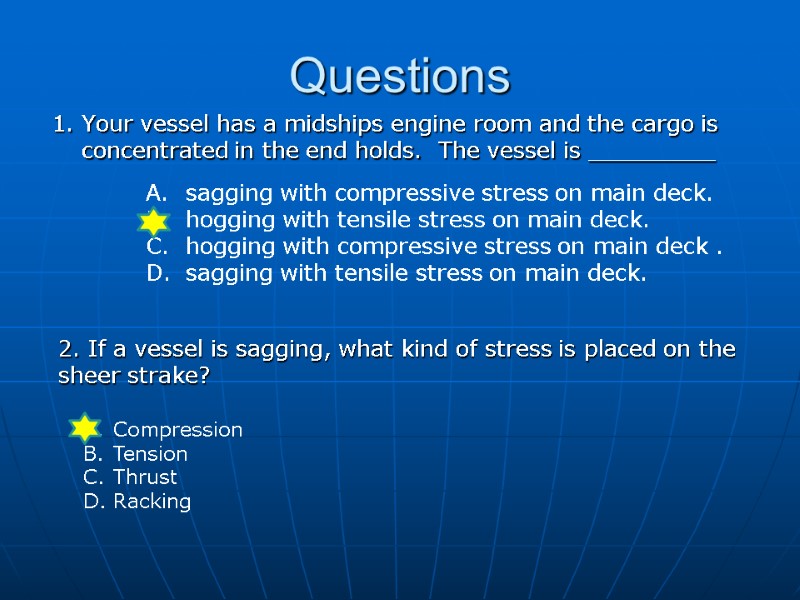
Questions 1. Your vessel has a midships engine room and the cargo is concentrated in the end holds. The vessel is _________ 2. If a vessel is sagging, what kind of stress is placed on the sheer strake? Compression Tension Thrust Racking sagging with compressive stress on main deck. hogging with tensile stress on main deck. hogging with compressive stress on main deck . sagging with tensile stress on main deck.
10616-chapter_1_geometry_of_the_ship.ppt
- Количество слайдов: 39

